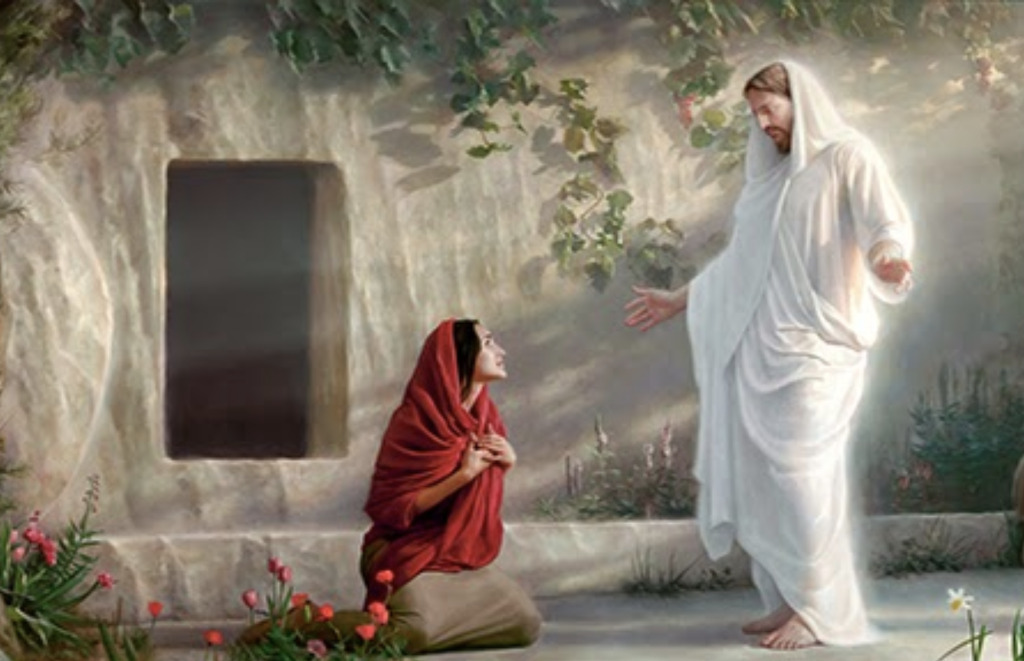To accompany your Come Follow Me study for June 26-July 2
In addition to reading the indicated chapters, you may wish to:
Read the applicable portions of the New Testament Institute Student Manual at
- Chapter 10: Matthew 27–28 (churchofjesuschrist.org)
- Chapter 14: Mark 11–16 (churchofjesuschrist.org)
- Chapter 20: Luke 23–24 (churchofjesuschrist.org)
- Chapter 28: John 20–21 (churchofjesuschrist.org)
See the following videos:
- Come Follow Me (June 26-July 2) | Eye Witnesses | Matthew 28; Mark 16; Luke 24; John 20-21 at Come Follow Me (June 26-July 2) | Eye Witnesses | Matthew 28; Mark 16; Luke 24; John 20-21 – YouTube
- Jesus Is Resurrected at Jesus Is Resurrected – YouTube
- He Is Risen at He Is Risen – YouTube
- Christ Appears on the Road to Emmaus at Christ Appears on the Road to Emmaus – YouTube
- The Risen Lord Appears to the Apostles at The Risen Lord Jesus Christ Appears to the Apostles – YouTube
- ed Are They That Have Not Seen, and Yet Have Believed at Blessed Are They That Have Not Seen, and Yet Have Believed – Thomas of the Bible – YouTube
- Jesus Christ Implores Peter to “Feed My Sheep” at Jesus Christ Implores Peter To “Feed My Sheep” – YouTube
- The Gospel of Mark Visual Bible (from minute 1:27:43 to 1:30:43) at https://www.youtube.com/watch?v=BcdgY7V4jZ4&t=1190s
- The Gospel of Luke (from minute 3:53:47 to 4:05:52) at https://www.youtube.com/watch?v=2PHPLApTt7Y
- The Gospel of John (from minute 2:40:49 to 2:53:53) at https://www.youtube.com/watch?v=kAAZ6HPXdMU
If you would like a Kahoot game related to this material which you could use for personal study or use with your family or your class, click here: https://create.kahoot.it/share/matthew-28-mark-16-luke-24-john-20-21/b3ccf532-37e6-48af-9252-8ba5e1bd0073. (To use it with a group, after clicking on this link, you will need to log into Kahoot, creating a free account if you have not done so previously, then click on the blue “Start” button.)
Points to Ponder in Matthew 28; Mark 16; Luke 24; John 20-21
1. What answers would you give to the skeptic who insists that Jesus didn’t really rise from the dead‑‑that he was simply nursed back to health after a botched execution attempt, or that the apostles simply psyched themselves up to believe they had seen the risen Jesus, or that the disciples did in fact steal his body away as the soldiers claimed?

2. There are accounts of at least 28 post-resurrection appearances of the Savior in the scriptures. See if you can list each, in chronological order, indicating who saw the Savior in each case and, if you wish, noting other brief descriptive features of each event.
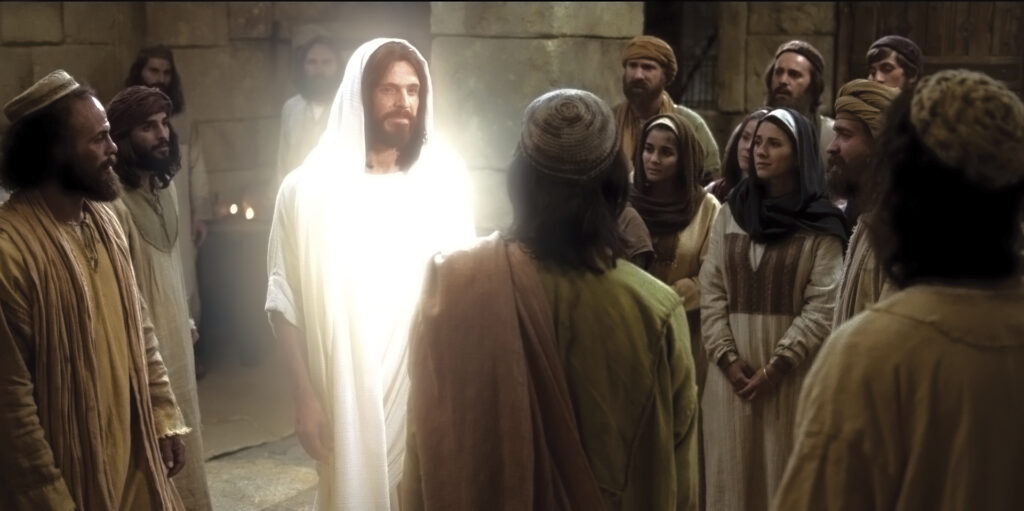
3. Why would Jesus have first appeared women following His resurrection rather than to Peter, who was now the presiding officer in His church?

4. Why did Jesus tell Mary Magdalene not to touch him in John 20:11-17, when He let her and “the other Mary” not only touch Him but hold Him by the feet very shortly thereafter in Matthew 28:9-10? Had Mary washed her hands in between the two episodes? Or did Jesus make a quick trip to report to His Father in Heaven during the time between the two appearances, so that it was now permissible for mortals to touch Him, whereas it was not before?

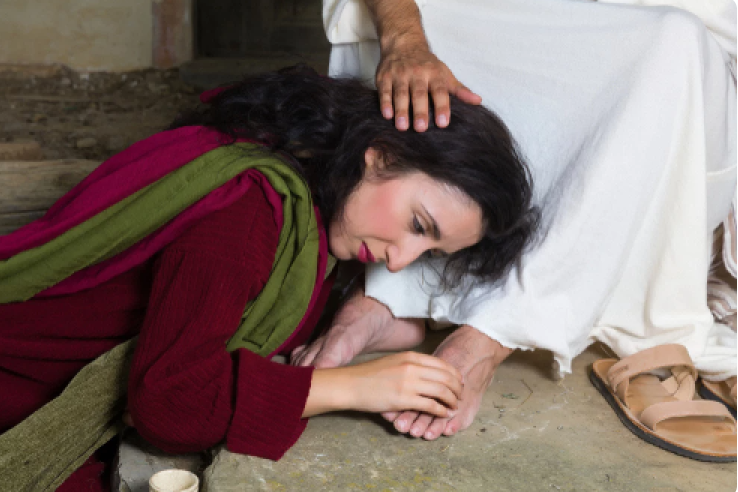
5. Since the righteous were resurrected at the time of Christ, and since children under eight have no sin, how could it be possible to find remains of children who died over 2000 years ago?
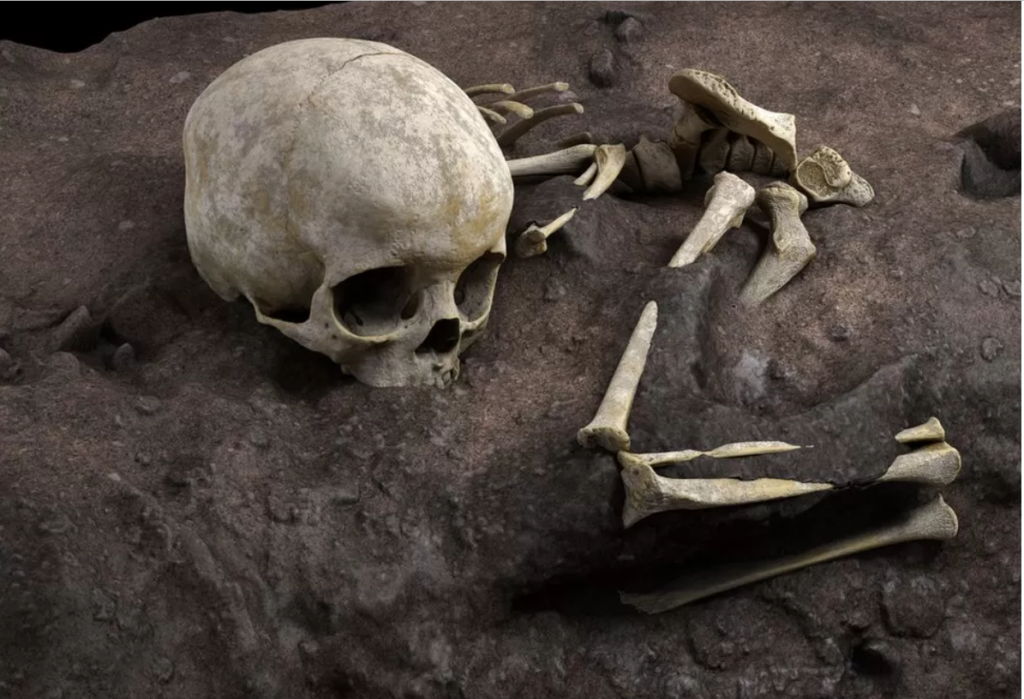
6. Why did Jesus keep asking Peter if he loved Him, after Peter had already twice answered that he did? (John 21:15-17)
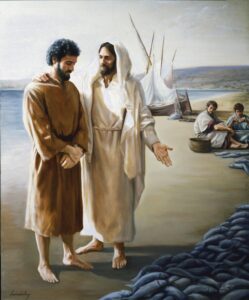
7. What do the Savior’s death and resurrection mean to you personally?
Possible Answers to Points to Ponder in Matthew 28; Mark 16; Luke 24; John 20-21
1. What answers would you give to the skeptic who insists that Jesus didn’t really rise from the dead‑‑that he was simply nursed back to health after a botched execution attempt, or that the apostles simply psyched themselves up to believe they had seen the risen Jesus, or that the disciples did in fact steal his body away as the soldiers claimed?
An excellent summary of evidences of Jesus’ resurrection from an orthodox Christian standpoint can be found at 9 Evidences for the Resurrection of Jesus — Moral Apologetics. Latter-day Saints have the additional evidence of multiple testimonies from the Book of Mormon and from modern prophets that Jesus lives and has appeared to men in the flesh since His resurrection. And all can have the testimony of the Spirit that this is true. I am among those who can joyfully bear that witness.
2. There are accounts of at least 28 post-resurrection appearances of the Savior in the scriptures. See if you can list each, in chronological order, indicating who saw the Savior in each case and, if you wish, noting other brief descriptive features of each event.
There is insufficient evidence to prove that the following is in all cases the correct order, but it is at least an approximation:
- John 20:11-17; Mark 16:9: Jesus first appears to Mary Magdalene.
- Matthew 28;9-10: He appears to Mary Magdalene, Mary the mother of James and Joses, Salome, Joanna, and other women. They hold Him by the feet and worship Him.
- Luke 24:13-32: He appears to Cleopas and his companion on the road to Emmaus.
- Luke 24:34; 1 Corinthians 15:5: He appears to Peter.
- Luke 24:36-48; Mark 16:14; John 20:19-20: Appears to 10 of the apostles in Jerusalem, with Thomas missing. He allows them to feel His hands and feet and eats fish and honeycomb.
- John 20:24-29: He appears to all 11 remaining apostles, including Thomas, in Jerusalem.
- John 21:1-19: He appears to Peter, James, John, Thomas, Nathanael, and two other disciples at the Sea of Galilee, cooks fish and bread for them, produces a miraculous catch of 153 fish for them, and tells Peter to feed His sheep.
- Matthew 28:16–20; Mark 16:15–18: Meets with 11 apostles on a mountain in Galilee and commands them to go into all the world and preach the gospel to every creature.
- Acts 1:4-12; Luke 24:50-53; Mark 16:19-20: Meets with His disciples for the last time after 40 days of appearances, most of which are not recorded specifically in the scriptures. “While they beheld, he was taken up; and a cloud received him out of their sight.”
- 3 Nephi 11:8: Descends from heaven among the Nephites.
- 3 Nephi 19:15: Second visit to the Nephites.
- 3 Nephi 27:3; 3 Nephi 26:13: He “did show himself unto them [the Nephites] oft” after an intensive ministry among them of three days.
- 1 Corinthians 15:6: Was seen by 500 brethren at once.
- 1 Corinthians 15:7: Appeared to James.
- Acts 7:55-56: Seen by Stephen at the time of his martyrdom.
- Acts 8:27; 1 Corinthians 9:1, 15:8: Seen by Saul (Paul) on the road to Damascus.
- Acts 9:10: Ananias, in a vision
- Acts 18:9: Paul, in a vision
- Acts 22:17-21: Paul (in the temple in Jerusalem, in a “trance”)
- Acts 23:11: Paul (“the Lord stood by him.”)
- Revelation1:12-17: John on the Isle of Patmos. Jesus laid His hand upon him.
- Mormon 1:15: Mormon “was visited of the Lord.”
- Ether 12:39: Moroni (“I have seen Jesus.”)
- Joseph Smith—History 1:11-19: Joseph Smith’s First Vision
- D&C 76:20-23: Joseph Smith and Sidney Rigdon in the vision of the three degrees of glory
- D&C 110:1-10: Joseph Smith and Oliver Cowdery in the Kirtland Temple
- D&C 137:3: Joseph Smith in his vision of the celestial kingdom
- D&C 138:11-60: Joseph F. Smith’s vision of the redemption of the dead
3. Why would Jesus have first appeared women following His resurrection rather than to Peter, who was now the presiding officer in His church?
Why not? Administrative authority does not automatically bring greater spiritual gifts and privileges. And quite possibly Jesus purposely appeared first to worthy women to highlight their spiritual equality with worthy men in a world where less worthy men have long acted as though women were somehow inferior.
4. Why did Jesus tell Mary Magdalene not to touch him in John 20:11-17, when He let her and “the other Mary” not only touch Him but hold Him by the feet very shortly thereafter in Matthew 28:9-10? Had Mary washed her hands in between the two episodes? Or did Jesus make a quick trip to report to His Father in Heaven during the time between the two appearances, so that it was now permissible for mortals to touch Him, whereas it was not before?
The Joseph Smith Translation says that Jesus told Mary, “hold me not,” not “touch me not.” So do various other scholarly translations. Most likely, Mary was already clinging tightly to her risen Lord, and Jesus was simply telling her it was now time to let go, as He had other things He needed to be doing.
5. Since the righteous were resurrected at the time of Christ, and since children under eight have no sin, how could it be possible to find remains of children who died over 2000 years ago?
Though Jesus’ tomb was clearly empty following His resurrection, perhaps in part to contribute to the dramatic effect, there is no reason to suppose that the same will be true of the deceased in general, despite the probably symbolic scriptural assurance that the graves of the righteous were opened in Matthew 27:52.
According to an article in Scientific American (Our Bodies Replace Billions of Cells Every Day – Scientific American), “The human body replaces its own cells regularly. Scientists at the Weizmann Institute of Science in Rehovot, Israel, have finally pinned down the speed and extent of this ‘turnover.’ About a third of our body mass is fluid outside of our cells, such as plasma, plus solids, such as the calcium scaffolding of bones. The remaining two thirds is made up of roughly 30 trillion human cells. About 72 percent of those, by mass, are fat and muscle, which last an average of 12 to 50 years, respectively. But we have far more, tiny cells in our blood, which live only three to 120 days, and lining our gut, which typically live less than a week. Those two groups therefore make up the giant majority of the turnover. About 330 billion cells are replaced daily, equivalent to about 1 percent of all our cells. In 80 to 100 days, 30 trillion will have replenished—the equivalent of a new you.”
Do I have the same body today that I had thirty years ago? Yes and no. If my body is placed in the grave and is later resurrected, will it be with the materials that comprised it at death? Or that of which it was made at an earlier age? Does it matter? Similarly, when we see a photo of a person on a computer screen, turn the computer off, and then turn it back on again, do we see the same photo once again? Certainly. But wouldn’t it be true that the second time we see an entirely different set of light particles (or waves) producing the visual effect? That is also true. The resurrection may be something like that. We can be resurrected with the “same” body which we had at the time of death, but with an entirely different set of materials, which needn’t disturb the bones lying in the grave at all.
6. Why did Jesus keep asking Peter if he loved Him, after Peter had already twice answered that he did? (John 21:15-17)
At Why did Jesus ask Peter “Do you love me?” three times? | GotQuestions.org there is the following relevant observation:
“There is … an interesting contrast when you look at the Greek words for “love” used in John 21:15–17. When Jesus asked Peter, “Do you love me?” in John 21:15–16, He used the Greek word agape, which refers to unconditional love [or what the scriptures sometimes call “charity”]. Both times, Peter responded with “Yes, Lord; you know that I love you,” using the Greek word phileo, which refers more to a brotherly/friendship type of love. [It is as though Peter had said, “Sure, Lord. I like you a lot. You’re a great guy.’] It seems that Jesus is trying to get Peter to understand that he must love Jesus unconditionally in order to be the leader God is calling him to be. The third time Jesus asks, “Do you love me?” in John 21:17, He uses the word phileo, and Peter again responds with “Lord, you know everything; you know that I love you,” again using phileo. The point in the different Greek words for “love” seems to be that Jesus was stretching Peter to move him from phileo love to agape love.”
7. What do the Savior’s death and resurrection mean to you personally?
They mean I can enjoy “peace in this world, and eternal life in the world to come.” (D&C 59:23.) Through His sacrifice, I can be forgiven of my sins here and now and enjoy the companionship of His Spirit, which brings joy and peace and an assurance that just as Jesus rose from the dead, so will I and my loved ones, to dwell together and with Him forever.
